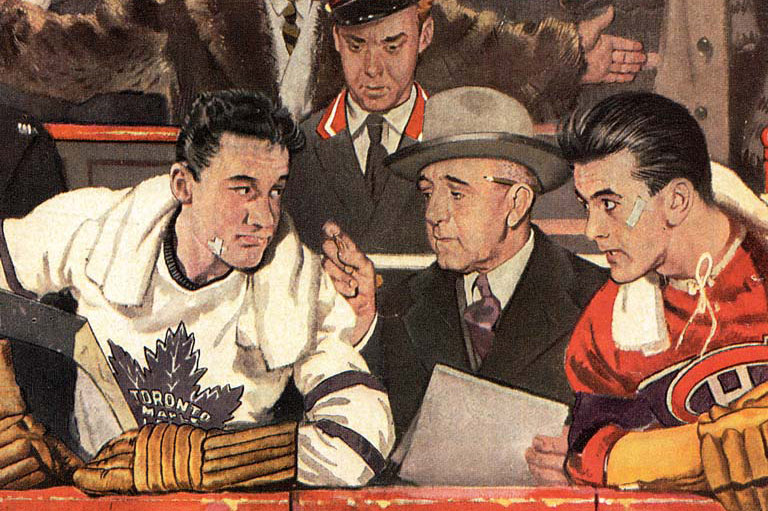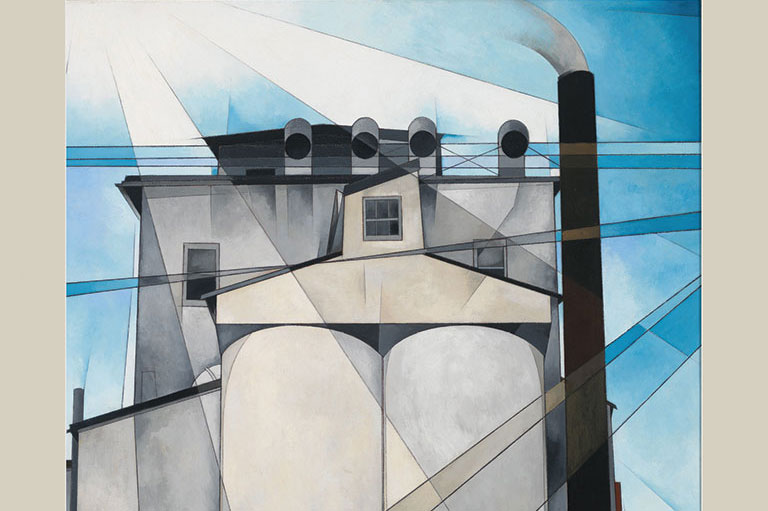The Lights on the Tipple Are Going Out

The Lights on the Tipple Are Going Out
Fighting Economic Ruin in a Canadian Coalfield Community
by Tom Langford
UBC Press
388 pages, $39.95
When Robert Lilley, a B.C. coal miner, took his own life in 1963, it symbolized the demise of many coal-mining towns in Alberta and British Columbia.
Tom Langford documents their slow but relentless decline in this insider’s view of the communities that struggled to survive deindustrialization and the move toward cleaner sources of energy.
The Lights on the Tipple Are Going Out is set in the mining communities of the Elk Valley and Crowsnest Past, a Rocky Mountain region at the border of Alberta and B.C. (A tipple is a structure used for loading coal, ore or minerals into railroad cars.)
Lilley, a representative of United Mine Workers of America (UMWA) Local 7310, led the fight against mine closures and lobbied for improved social benefits for miners’ families. When he threw himself under a train, Langford writes, it marked the decline of the once-powerful unions in towns like the Elk Valley’s Fernie, B.C. It also served as a symbol of the desperation of coal-mining families.
“The decline of coalfield societies has usually proceeded rapidly," writes Langford, “with devastating impacts on miners and their families, local businesses, and the social fabrics of once vibrant localities.”
With 7 uniquely curated newsletters to choose from, we have something for everyone.
Others also fought for the survival of local livelihoods. Langford credits Thomas Uphill, the mayor and, later, long-serving labour MLA for Fernie, with attempting to improve the lives of thousands of his constituents as mines closed and promises of economic revival proved stillborn. Uphill was often the lone voice in the provincial legislature with his “pointed anti-capitalist speeches” about the harm caused by closures.
Langford’s prose spares us having to go down a mine to learn what it means to face unsafe, and sometimes deadly, working conditions. Coupled with the threats to health and safety, such as black lung disease, miners lived with the constant possibility of losing their jobs and their pensions.
With The Lights on the Tipple Are Going Out, Langford uses his personal knowledge of the British Columbia municipalities of Fernie and Sparwood, as well as the since-disappeared villages of Michel and Natal, to provide a detailed community history-cum-economic study. In doing so, he reveals places full of working-class pride and union solidarity, while painting a bleak picture of the disintegration of both. The book also delves into the rich labour history of the region, epitomized by the 1932 Crowsnest Pass coal strike. Helpful sidebars on specific labour leaders describe hard-fought battles fuelled by a spirit of resistance to employer abuses and legislative recalcitrance.
The book also reports on the activism of women. Their protests about the pollution of their neighbourhoods, Langford notes, turned “a movement of ‘activist mothers’” into “a community movement for environmental justice.”
In his conclusion, Langford proposes an ambitious plan to save coal communities from total disintegration. To work, he argues, it will require collaborating with First Nations to move from profit-driven industrial projects to cooperative communities focussed on preserving nature.
Coal was once the energy king that drove all other industries. Today it has increasingly given way to greener sources of power. As a result, Langford’s proposal must address a critical issue: how to fairly retrain miners to overcome their history and avoid being bypassed by the clean energy revolution.
In the balance stands the legacy of Robert Lilley.
Advertisement
We hope you’ll help us continue to share fascinating stories about Canada’s past by making a donation to Canada’s History Society today.
We highlight our nation’s diverse past by telling stories that illuminate the people, places, and events that unite us as Canadians, and by making those stories accessible to everyone through our free online content.
We are a registered charity that depends on contributions from readers like you to share inspiring and informative stories with students and citizens of all ages — award-winning stories written by Canada’s top historians, authors, journalists, and history enthusiasts.
Any amount helps, or better yet, start a monthly donation today. Your support makes all the difference. Thank you!
Themes associated with this article
Advertisement
Save as much as 40% off the cover price! 4 issues per year as low as $29.95. Available in print and digital. Tariff-exempt!




